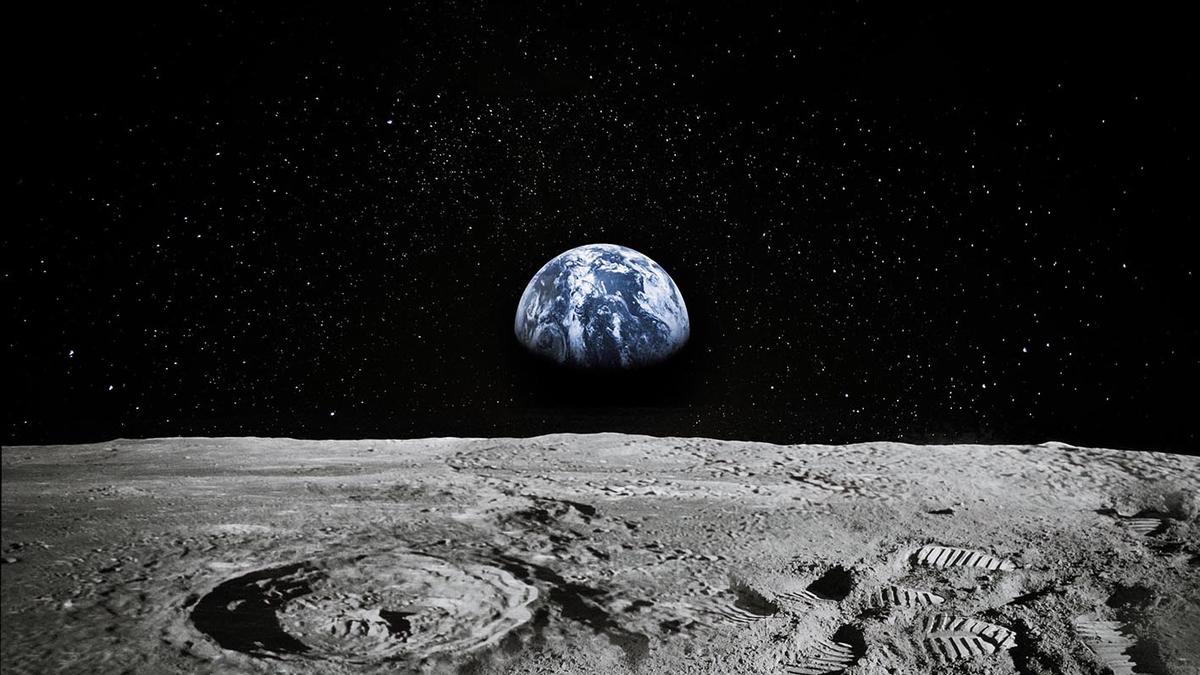
Why is NASA creating a standard time for the moon? | Explained
The Hindu
White House directs NASA to establish Coordinated Lunar Time for cislunar operations, boosting space situational awareness and navigation.
The story so far: In September 2025, NASA’s four-member Artemis crew is scheduled fly around the moon in preparation for the space agency’s mission to land on the moon again. To boost such scientific missions, the White House Office of Science and Technology Policy (OSTP) on April 2, directed its space agency, the National Aeronautics and Space Administration (NASA), to establish a Coordinated Lunar Time (LTC) to standardise cislunar operations with the universal time followed on Earth.
Explaining the move, OSTP Deputy Director for National Security Steve Welby said, “A consistent definition of time among operators in space is critical to successful space situational awareness capabilities, navigation, and communications.”
Speaking about the difference between the passage of time on the moon and Earth, he said, “Time appears to pass more slowly where gravity is stronger, like near celestial bodies. As a result, the length of a second on Earth is different to an observer under different gravitational conditions, such as on the moon.”
The LTC will be the standard to measure cislunar operations — space activities between the moon and Earth — with Coordinated Universal Time (UTC), the global time used to regulate time on Earth. Roping in federal departments like the U.S. Departments of Commerce, Defense, State, and Transportation, the White House has set a deadline of December 31, 2026, for NASA and its international partners to deliver a strategy to implement LTC.
The project falls under the current administration’s National Cislunar Science and Technology Strategy. NASA has been directed to engage with the 39 nations who have signed the Artemis Accords for this project. It is expected to present its consideration of the LTC by December 31, 2024 as part of its Moon-to-Mars Architecture Concept Review cycle.
In 2023, the European Space Agency (ESA) launched a project called ‘Moonlight’ to design satellites for astronauts and robotic explorers, which will be used to support NASA’s moon mission ‘Artemis.’ While working on the project, questions arose on setting a single time zone for the moon and how to go about it.
Speaking to the publication Wired, ESA engineer Javier Ventura-Traveset said, “On Earth, we use a 24-hour day based on the planet’s rotation. However, the moon rotates much more slowly – every 29.5 Earth days.” Due to its slow rotation, it would be practical to have less than Earth’s 24 time zones — ideally, a single time zone for the moon would be natural, said Mr. Ventura-Traveset, highlighting that this would be similar to the Coordinated Universal Time (UTC).

 Run 3 Space | Play Space Running Game
Run 3 Space | Play Space Running Game Traffic Jam 3D | Online Racing Game
Traffic Jam 3D | Online Racing Game Duck Hunt | Play Old Classic Game
Duck Hunt | Play Old Classic Game











